December 2024, Issue 1
What's the Difference Between a Voltage Clamp and a Current Clamp?
Depending on the “clamped” parameter, patch clamp configurations probe different aspects of a cell's electrical activity.
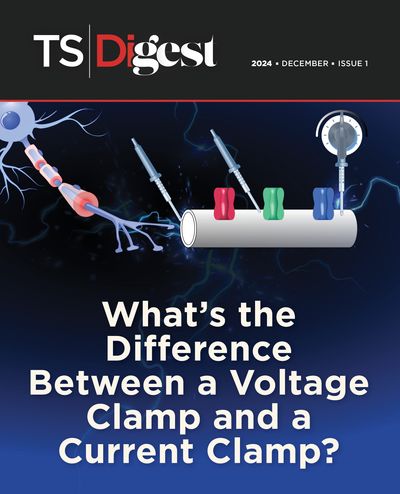
Depending on the “clamped” parameter, patch clamp configurations probe different aspects of a cell's electrical activity.

Donated sourdough starters helped researchers uncover the factors that influence microbial communities in these living cultures.

Chasing dog tails for answers, researchers explore the reasons behind the quintessential tail wagging of these furry four-legged friends.
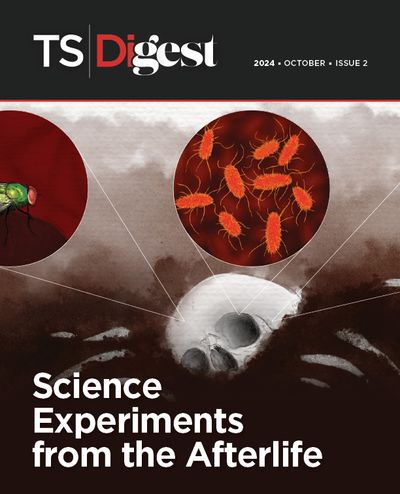
Forensic anthropologists, microbiologists, and entomologists study donated cadavers to determine how human bodies decompose.
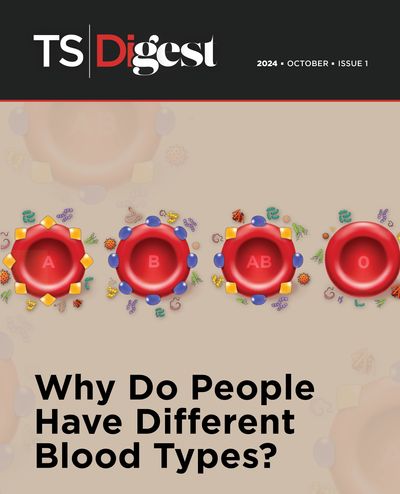
Humanity’s microscopic foes may be to blame for the ABO polymorphism.
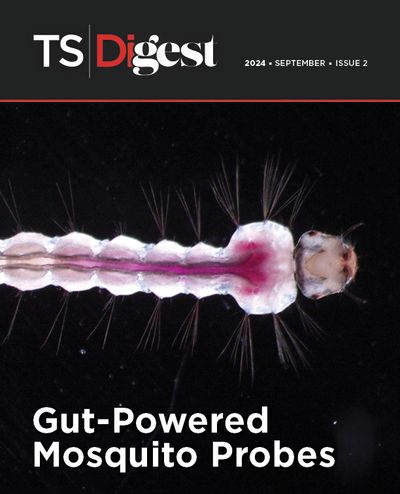
With the rise of insecticide resistance, researchers crafted a novel probe that selectively targets mosquito larvae’s weak spot.

Following graduate school, Sarah Carter headed to Washington, DC to carve out a career in science policy.
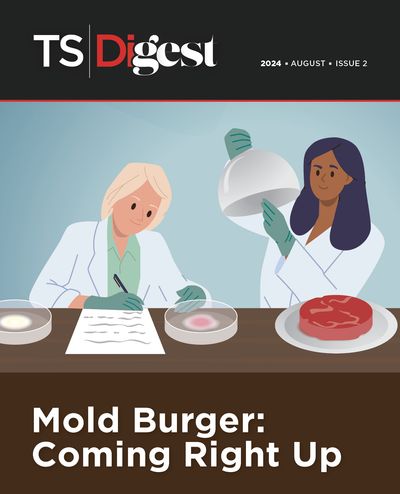
From the laboratory to the table, researchers cooked bioengineered fungi into a tempting patty.
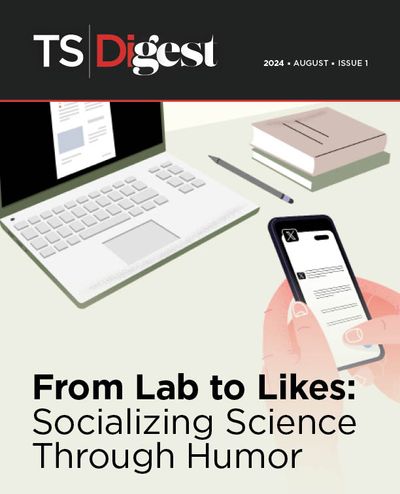
Oded Rechavi shares research and relatable science memes at the touch of his fingertips.
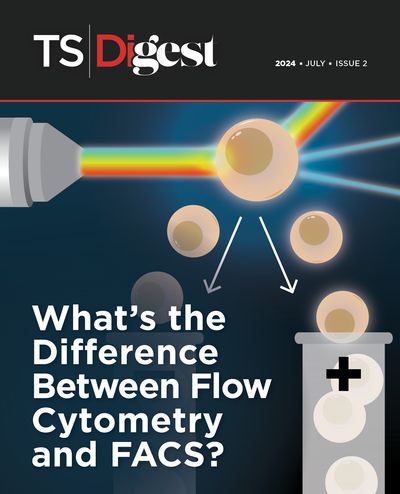
Flow-based methods allow researchers to collect multiparameter data from individual cells in their samples, but the fate of samples depends on the instrument.
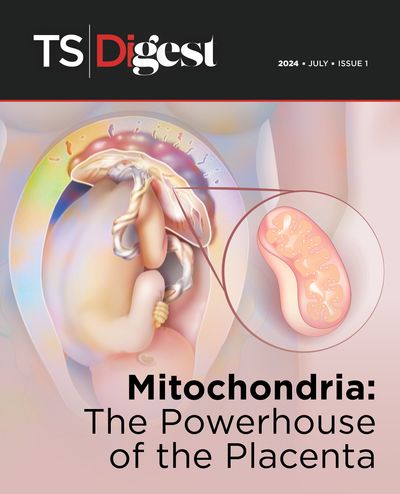
Scientists seek citizens’ help to survey placental mitochondria in complicated and healthy pregnancies.
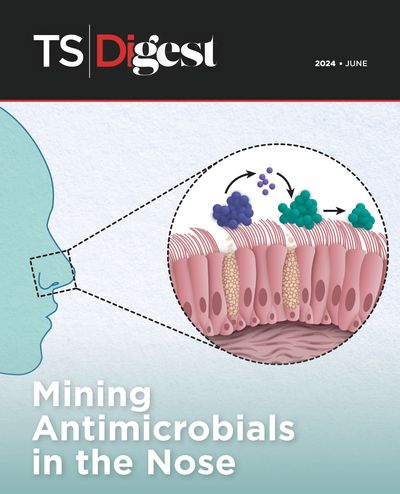
A new antimicrobial isolated from commensal bacteria may help keep their competitors in the nasal microbiota at bay.
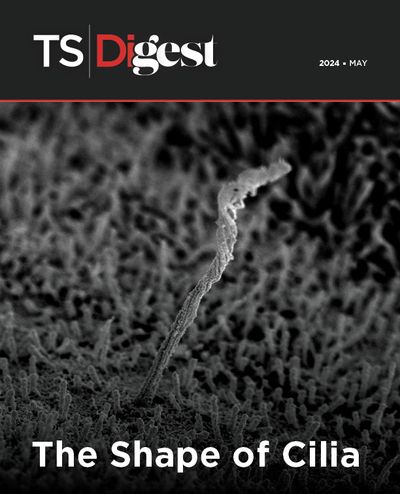
Three dimensional images of human pancreatic islet cells provide an unprecedented view of the enigmatic primary cilia.
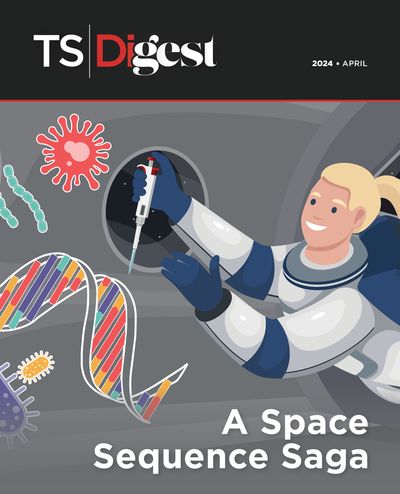
Astronaut Kathleen Rubins and her samples do not settle when it comes to space biology.
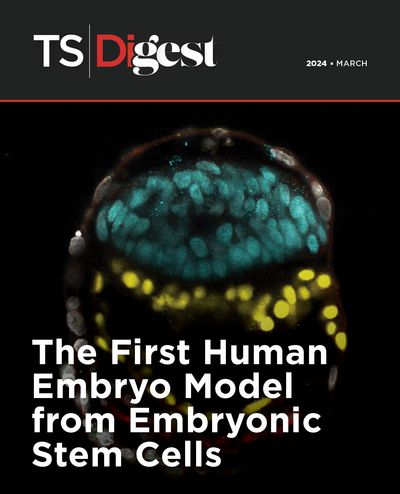
Jacob Hanna developed a method for replicating embryogenesis outside of the uterus to understand the underlying mechanisms.
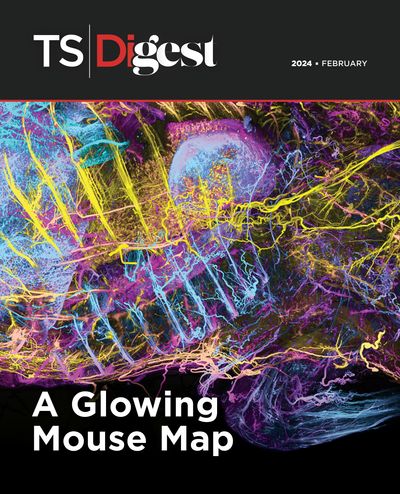
A new staining method enabled cellular resolution at the organism level.
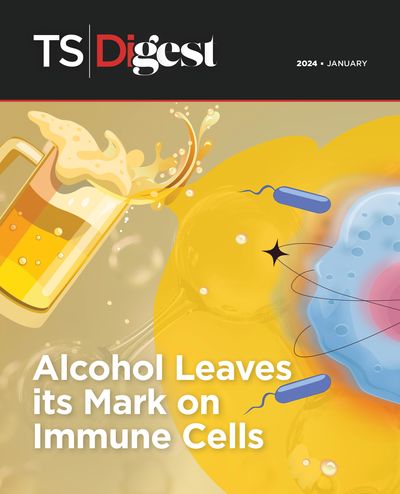
The immune system’s recovery from chronic alcohol use could take longer than some rehabilitation periods due to alcohol’s effects on stem cells.
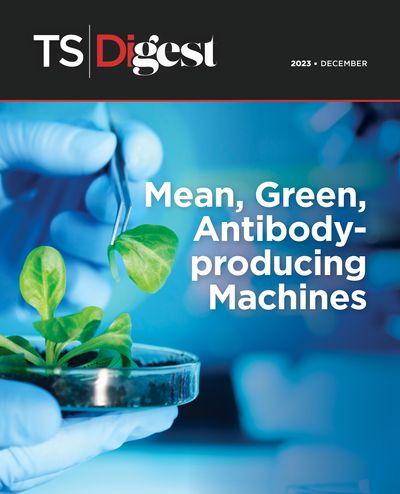
A plant-based monoclonal antibody goes head-to-head with its commercial counterpart to target tumors in mice.
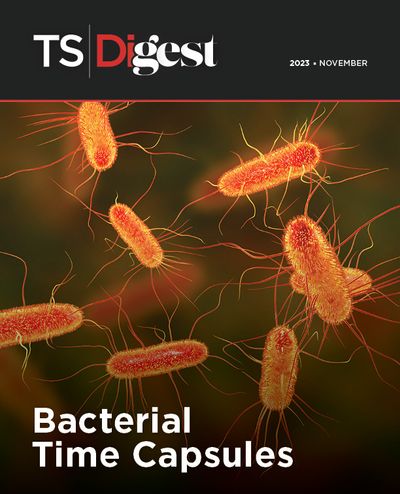
Historical samples of bloodstream infections hold secrets to Escherichia coli’s evolutionary history and the emergence of virulent clones.
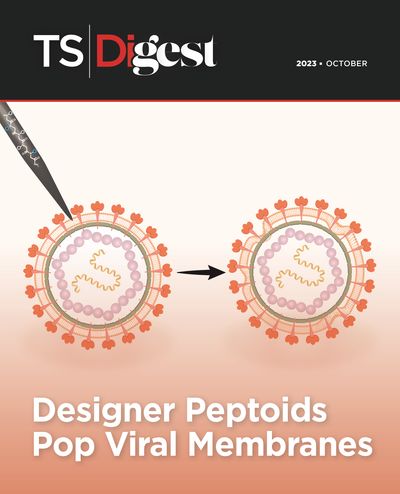
Bioinspired small molecules combat viral threats by targeting a common feature in enveloped viruses, making them useful against a wide range of viruses.